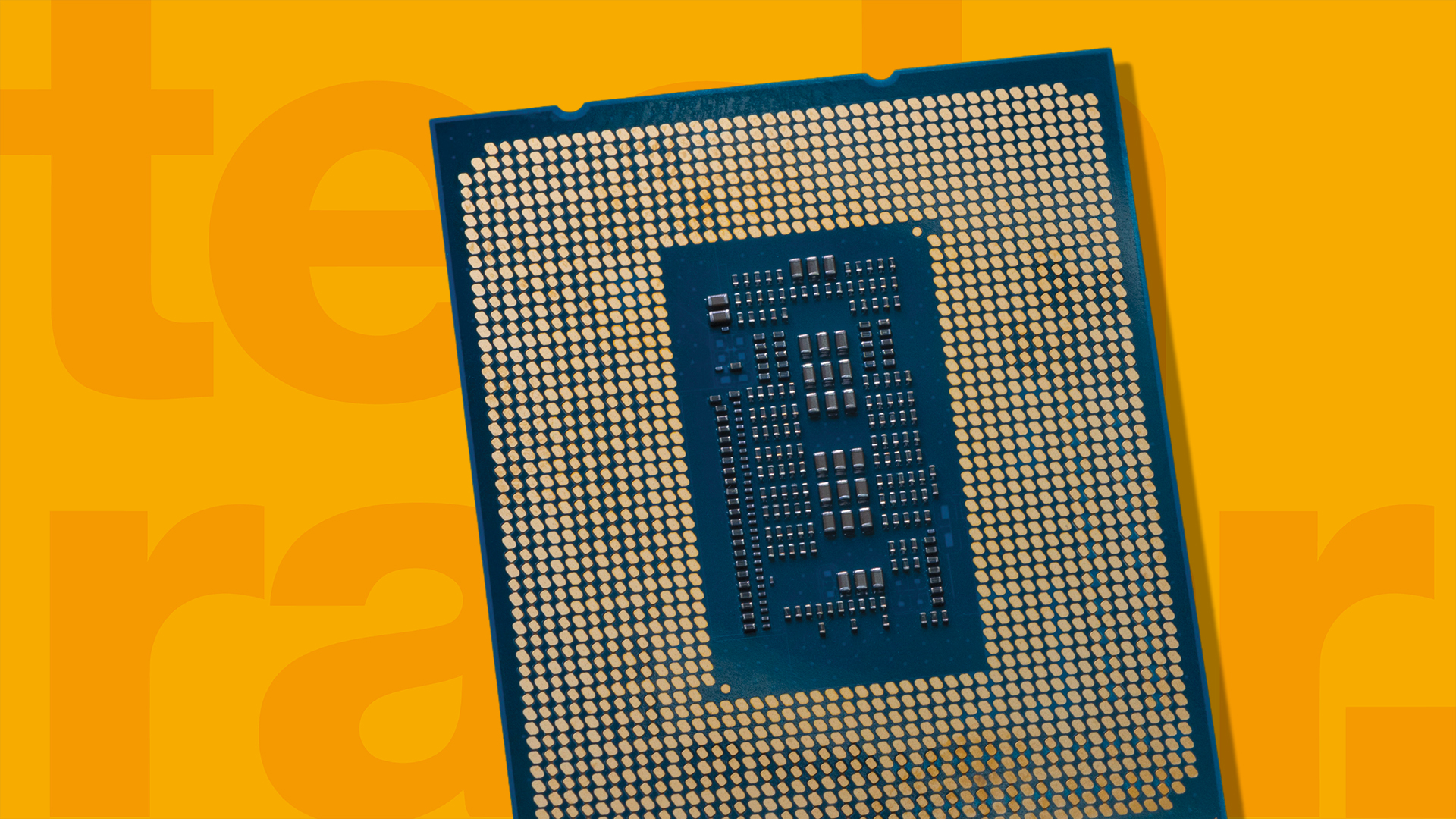
To support the ever-growing demand for greater memory capacity, the density of DRAM chips expands from time to time. This has historically meant that each chip density doubles, from 4Gbit to 8Gbit, 8Gbit to 16Gbit, for example, allowing for higher capacity memory modules (UDIMMs, SODIMMs, RDIMMs, etc) to be built for PCs and servers.
With the arrival of DDR5 (the fifth generation of Double Data Rate Synchronous Dynamic Random Access Memory) in 2021, came significant advancements in memory technology to provide for not only higher speeds and greater bandwidth, but also the potential for much bigger memory capacities through the use of higher density DRAM chips.
For the DRAM semiconductor manufacturers who are constantly under pressure to enhance the design of the memory chip, an increase in chip density means shrinking the silicon wafer process to expand the number of memory cells, without changing the general chip footprint of the previous generation. This allows for the same PCB (Printed Circuit Board) designs to be used, regardless of the chip density mounted. However, today’s wafer lithography nodes for DRAM are just shy of being able to achieve the natural doubling of density from 16Gbit (the current generation) to 32Gbit on a single plane (non-stacked). An intermediary density of 24Gbit, referred to as “non-binary” memory, provides for a half-step increase in memory capacity today until 32Gbit is achievable and affordable. Non-binary memory module capacities are 12GB, 24GB, 48GB, and 96GB.
Choosing between 24Gbit (non-binary) based modules and 16Gbit
Application requirements in client computing, whether for enhanced PC gaming or to support operational productivity, are evolving and with this comes greater demand for memory capacity. It is now commonplace for new gaming titles to recommend or require a minimum of 16GB of RAM, with 32GB suggested if users are to experience smoother gameplay and be able to use other applications simultaneously. Many users opt to invest in more capacity than they currently need, going with 64GB or more to future-proof their systems. However, doing so can come at the cost of performance, as installing more than one pair of modules on a dual channel DDR5 system typically forces the memory speed to drop one or more speed bins. Having the option to use higher capacity modules and populate them in fewer sockets (one pair versus two) can prevent down-clocking but still provides the needed memory bandwidth.
For data center applications, and in particular those supporting AI workloads, capacity demand is even higher due to the need to process more data in memory. 24Gbit DRAM enables 24GB, 48GB and 96GB DDR5 Registered DIMMs, which provide a considerable increase in capacity on multi-channel memory architectures. In addition, extra capacity is available per core without requiring a major investment in costly 3DS stacked DRAM modules (128GB/256GB 3DS RDIMMs).
In terms of the systems that are compatible with 24Gbit-based modules, all DDR5 platforms from Intel and AMD are enabled for 24Gbit memory. It may be necessary, however, to make a BIOS update prior to installing the 24Gbit-based modules.
Mixing 24Gbit-based memory with 16Gbit
For industry standard memory modules, mixing across bank groups is permitted. A bank group is a pair or group of multi-channel memory sockets designed to work in tandem together to provide wider memory bandwidth for the processor. Most PCs and servers have two or more multi-channel bank groups in which users can install one pair or a group of memory modules in each bank group to add capacity. It is not recommended to mix memory, however, within the same bank group. An example of this would be installing one 8GB-based module and one 16GB-based module in the first memory bank of a PC. This can lead to the BIOS disabling multichannel architecture optimization, forcing the memory to perform at half or more of its potential bandwidth.
When using servers, mixing within a multi-channel bank group is not allowed. If a user or system builder is adding memory to the second bank group, the recommended course of action is to put the higher capacity memory in the first bank. We would never recommend mixing memory modules or kits in a PC or laptop using overclockable memory.
Summary
As games and productivity applications demand more hardware resources to perform efficiently, 24 Gbit density non-binary memory provides higher capacities not achievable with 16Gbit-based memory modules. 24Gbit-based modules of 12GB, 24GB, 48GB, and 96GB are exclusive to DDR5, so users that need the extra capacity should migrate to the latest chipsets by AMD and Intel to take advantage. The exciting news is that the world of DRAM is evolving with non-binary modules and offering a budget-friendly alternative. Users can now get 48GB modules instead of 64GB, maintaining bandwidth, performance, and overclocking potential.
This article was produced as part of TechRadarPro's Expert Insights channel where we feature the best and brightest minds in the technology industry today. The views expressed here are those of the author and are not necessarily those of TechRadarPro or Future plc. If you are interested in contributing find out more here: https://www.techradar.com/news/submit-your-story-to-techradar-pro







